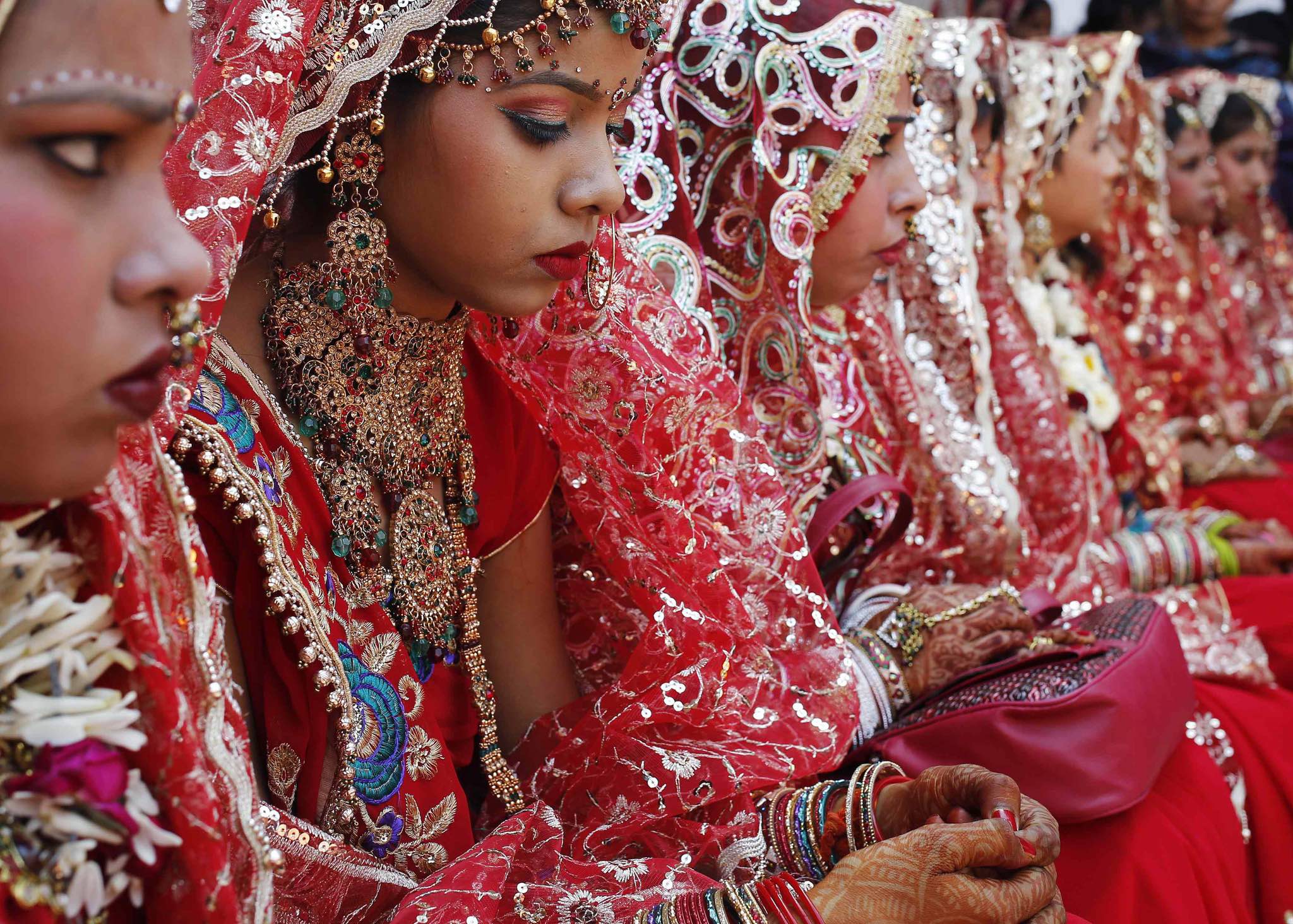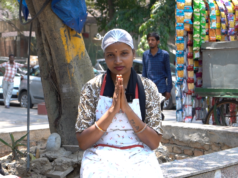The government is considering raising the minimum legal age of marriage for women from 18 to 21, to reduce the prevalence of child brides (below 18) in India. This is, of course, well intentioned. If only the problem were so simple that it could be solved with the stroke of a pen.
The benefits of later marriage for women are well established. It is associated with higher nutrition levels for women and their children, lower maternal mortality, improved educational outcomes and greater financial independence.
The problem is particularly dire in India. According to Unicef, 650 million women alive today were married before they turned 18. India is home to 223 million or one in three of these child brides. Just under half that number, 102 million were married before they turned 15. Uttar Pradesh has the largest number of child brides, at 36 million, followed by Bihar, West Bengal, Maharashtra and Madhya Pradesh. The problem, however, is not the law. Even though there is a minimum age for marriage for men, India doesn’t have the same extent of this problem with child grooms. Only 4% of Indian boys/men were married before age 18. And 20% were married before the minimum legal age of 21, compared to the 27% of girls/women married before the age of 18. Raising the legal age of marriage displays a lack of understanding of the reasons for the low age of marriage for women in India, which have little to do with the law.
The real issue is that various long-persistent cultural factors have created a market for child brides in India. Society imposes a very high cost of raising girls on parents, especially in poor Indian families, which, attempt to reduce those costs by marrying daughters off at a young age, if they prefer to invest in sons.
In their 2017 paper, Peter Leeson and Paola Suarez explain the supply and demand for child brides in India. The real problem, they explain, begins with a very high son-preference. South Asian countries exhibit the highest levels of son preference in the world, though there is much variation within India. A consequence of high son-preference is that in trying to produce sons, couples sometimes produce daughters. To afford the sons they want, some of these couples dispose of their unwanted daughters.
However, there is also demand for child brides. Between female foeticide skewing the sex ratio at birth and son-preferring couples investing fewer resources in the care of daughters than sons, more males survive to traditional marriage age than females in India. To find brides in the face of this sex ratio imbalance is a struggle.
We know families in states like Haryana “import” and “buy” brides from poorer states. But another consequence is that in highly-endogamous sections of Indian society, where families prefer to find brides within their own caste group, marriage-aged men must look for younger female cohorts within their community.
In some groups, that means adult-age men are even matched with prepubescent girls, creating demand for prepubescent brides. Only relatively impoverished son-preferring parents dispose of their unwanted daughters to afford the sons they seek.
Leeson and Suarez also point out that this affects the “quality” of potential grooms. When potential grooms are of variable quality, men whose inferior prospects or socio-economic status prevents them from competing successfully for the limited number of traditional-marriage-age brides may end up looking for child brides.
While it doesn’t solve the problem, policymakers see no harm in increasing the age of marriage. But these laws have unintended consequences. Raising the cost of disposing unwanted daughters through marriage, and punishing families for violating the rule, could push families with a strong male preference towards sex selection and female foeticide, or trafficking and other worse ways of disposing unwanted daughters. In her 2017 paper, Paola Suarez finds that raising the female marriage age in such countries with high son preference and high poverty may have the unintended consequence of increasing the prevalence of female infanticide and sex-selective abortion.
To increase marriage age, not just de jure but de facto, requires India to evolve economically and culturally. Some of this has happened. As Indians have become more prosperous, and as extreme poverty levels have declined, we see a decline in child brides. In 1970, almost 75% women were married before they turned 18, which has now decreased to 27%. Economic growth will save Indian girls from child marriage. Combined with educational and cultural awareness against a sex preference, which no doubt will take longer, economic success is the only lasting solution.
This article was originally published in Livemint.
Read More: Improving Preventive Menstrual Health for Urban Poor Women
Post Disclaimer
The opinions expressed in this essay are those of the authors. They do not purport to reflect the opinions or views of CCS.






